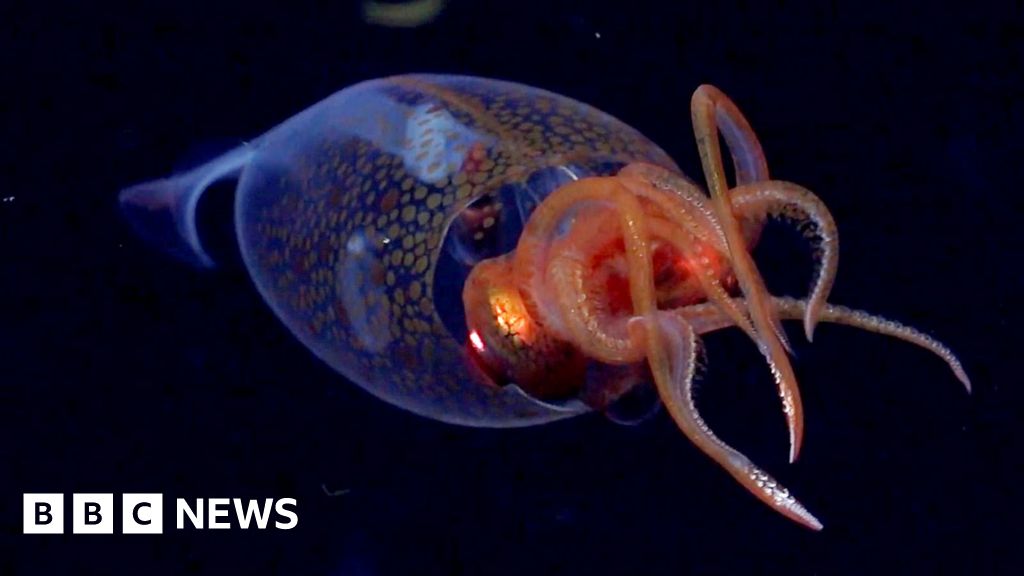Colossal Squid Filmed in Natural Habitat
This historic footage provides a unique glimpse into the life of the colossal squid, the largest invertebrate on Earth, and marks a significant milestone in the study of this mysterious species. The discovery has sparked excitement and humility among scientists, who recognize the vast amount of knowledge still to be gained about the colossal squid and its place in the ocean ecosystem.

A team of scientists has captured the first-ever footage of a colossal squid in its natural habitat, 100 years after its discovery, in the south Atlantic Ocean, at a depth of 600m. The 30cm-long juvenile squid was filmed by a remotely operated vehicle, providing a unique glimpse into the life of the largest invertebrate on Earth.
The colossal squid, which can grow up to 7m in length and weigh up to 500kg, has long been a mystery to scientists, with previous encounters limited to remains found in whale and seabird stomachs. The footage, verified by Dr Kat Bolstad, shows a juvenile colossal squid swimming in its natural environment, offering a rare insight into the species' behavior and physiology.
The discovery was made during a 35-day expedition to find new marine life, led by Dr Michelle Taylor from the University of Essex. The team also filmed a glacial glass squid for the first time, highlighting the importance of continued exploration and research into the world's oceans. The expedition was a collaboration between several organizations and marked the 100-year anniversary of the species' identification.
The footage shows the juvenile colossal squid, Mesonychoteuthis hamiltoni, swimming at a depth of 1,968 feet, with a nearly 1-foot long body and a more proportional head and body. Scientists believe the squid is a "teenager" and has a lot of growing to do, but is not a baby. The discovery has significant implications for the study of the colossal squid's life cycle and habitat.
The capture of the colossal squid on film is a major breakthrough for scientists, who can now study the species in its natural habitat. The discovery highlights the importance of continued research and exploration into the world's oceans, and the need to learn more about the life cycle and habitat of this enigmatic creature.